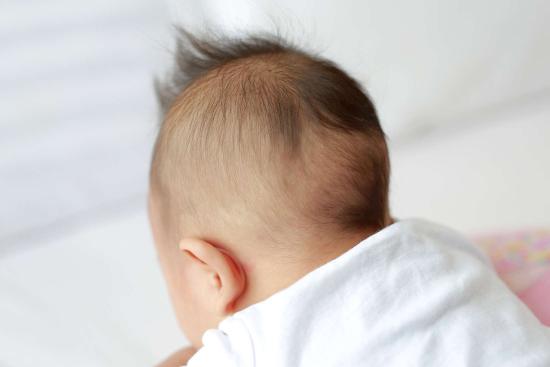Congenital malformations such as craniosynostosis can affect the growth of the skull in newborns. This rare condition is characterized by premature closure of the cranial sutures, resulting in cranial deformities and, in some cases, compression of brain development.
With early surgical intervention, many children with craniosynostosis are able to develop normally and lead active lives.
Price of craniosynostosis treatment in Turkey
In fact, surgery should not be performed after the first year of life. This is because a baby's brain grows very rapidly, especially during the first 3 months. What's more, the malleability of a newborn's skull means that permanent correction of the brain's shape is more likely.
Don't waste any more time and get this malformation treated in Turkey today at competitive prices.
Request a free personalized quote and book your medical stay in Turkey with complete peace of mind. Our team of specialists is on hand to assist you throughout the healing process.








